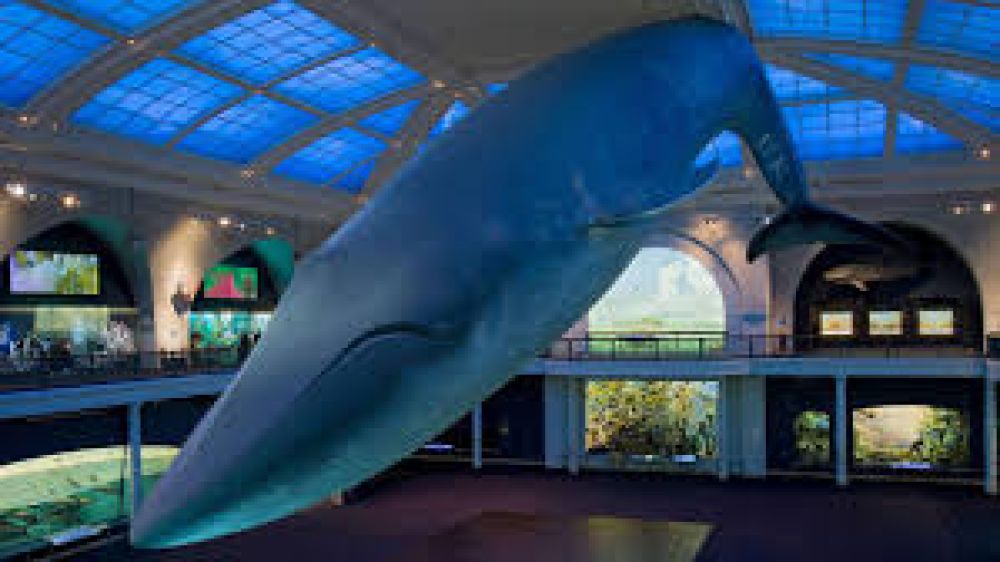

The Oxford University Museum of Natural History is a treasure trove of scientific discovery, history, and architecture. Since its official opening in 1860, the museum has been a centerpiece for the conservation of natural history and a hub for academia and education. Its founding was part of the wider 19th-century movement to broaden scientific research and understanding, a cause championed by eminent figures of Oxford University.
The Victorian architecture of the museum itself, complete with its intricately designed neo-Gothic façade and cast iron columns that hold aloft a glass roof, has drawn visitors from around the world since its inception. Among its early draws was the Great Debate of 1860 on evolution, just months after Charles Darwin published "On the Origin of Species." This historic debate, involving Thomas Huxley and Samuel Wilberforce, elevated the museum's status as a landmark for scientific dialogue.
Over the years, the Museum of Natural History has further established itself as an important stop on the Oxford tourism trail due to its extensive collections. These include the remains of the dodo, providing a crucial link to understanding extinction, and the Oxfordshire dinosaurs, which offer a glimpse into the prehistoric world.
Tourists come to marvel at the museum’s array of over 7 million specimens in the fields of zoology, entomology, paleontology, mineralogy, and petrology. Interactive displays and educational programs geared towards visitors of all ages ensure a rich experience, blending entertainment with knowledge.
In recent years, the Museum of Natural History in Oxford has embraced digitalization to enhance its visitor experience. An increasing number of exhibitions are complemented with virtual tours and online collections, catering to a global audience.
Sustainability in tourism has also become a critical focus. The museum now places substantial emphasis on showcasing the impacts of climate change and biodiversity loss through its displays and promotes sustainable practices within its operations, paralleling a broader movement in responsible tourism.
Furthermore, "after-hours" events, such as museum sleepovers and night-time tours, have gained popularity, offering unique perspectives and intimate experiences of the museum's collections.
The role of social media has surged in shaping tourism trends, with visitors posting their experiences online. The museum has adapted by creating picture-perfect spots and interactive installations that encourage visitors to share their journey, bringing in more footfall through digital word-of-mouth.
The Covid-19 pandemic brought significant challenges to the tourism sector, forcing the Museum of Natural History to temporarily close its doors. However, it utilized this time to expand its online presence, providing free access to a wealth of digital resources, including educational materials and virtual tours which continue to supplement the physical visits post-pandemic.
The Museum of Natural History in Oxford remains a bastion for science, history, and education, thriving on a tradition of bringing natural wonders to the public. As its doors remain open to scholars, families, and tourists alike, it continues to evolve and adapt, ensuring that it will entertain and educate for many years to come.